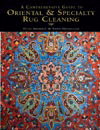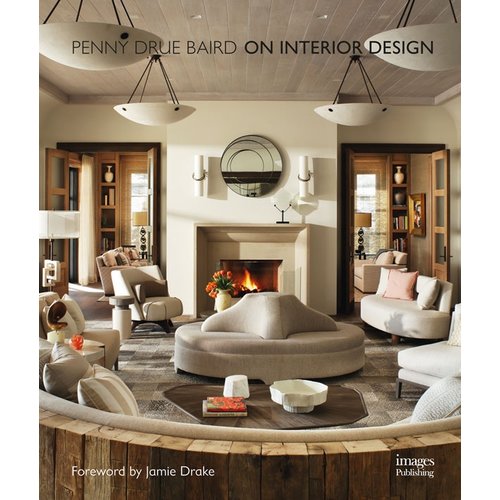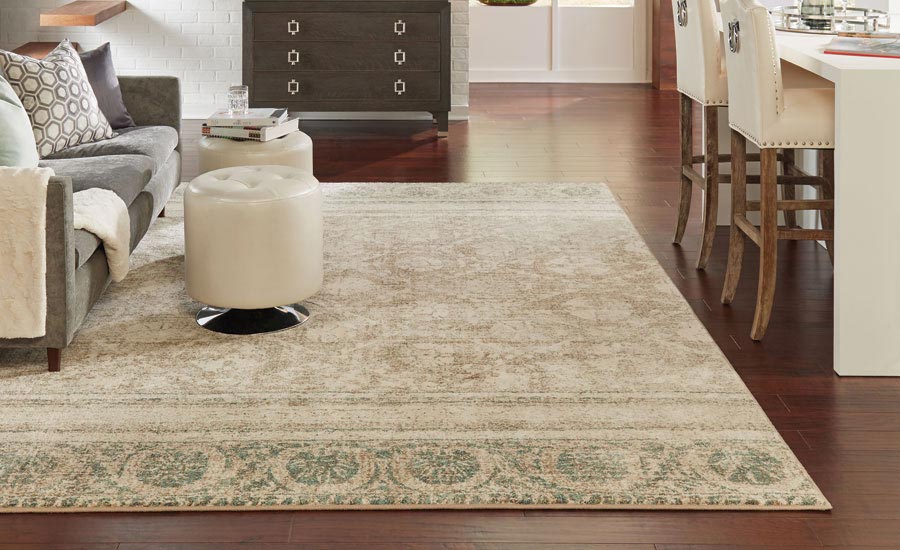Industry Q&A: Bill Storey, Senior Vice President, Karastan

Made-to-order rugs continue to be a growing part of Karastan’s business.



Karastan senior vice president Bill Storey announced he will retire in early 2020 after 32 years with the brand. “I’ve got mixed feelings, a little trepidation, I guess, but in all, I’m excited,” he said. Storey said he plans to spend time with his wife, son and daughter-in-law and will soon be a first-time grandfather. “I’ll spend some time volunteering, giving back to the community, and then, who knows—I could be back in the industry.”
FT: You’ve been in your current position for eight years and ran Mohawk Home before that. Tell us about your career.
Storey: I was lucky that I was able to do a lot of different things with Karastan. I started as a territory manger, worked for another company, Lee’s Carpets, which was owned by Burlington, but I always admired the Karastan brand. Back then, it was really kind of department store driven—department stores are big customers. I started as a territory manager and then a few years later they decided they wanted to start the Karastan Gallery of Design, which was a store within a store concept, and sell into the top 200 retailers around the country. It was really just a blessing. I got to meet the top 200 retailers in the country, and a lot of them are friends today and I know their families; I watched their businesses grow and thrive. Then I went into marketing, where I got to do product development and learned a lot about manufacturing. It rounded me out and I learned what it takes to get product out and become important to our customers.
FT: In your opinion, what will it take to get soft surface to grow market share?
Storey: Our customers are retailers. They’re the ones we sell—the finest retailers in North America. And every day when a consumer walks through the door, they are telling them that Karastan is the premier brand. So, as we do back here in promoting and having brand standards and making sure our merchandising is right, having the right advertising, it’s those retailers that have the interaction with the consumer. Having those retailers in relationship with those retailers—and by that, I mean the store owner and that retail sales associate—is important because they’re the ones that really have that contact with the consumer. Our salespeople spend a lot of time on the floor working with the RSAs making sure we’re taking care of their needs so that they can be successful.
FT: What messages help RSAs sell more carpet?
Storey: We have to continue to do a better job on the carpet side to promote the benefits of carpet—that it is soft, that it reduces noise, the comfort level, the warmth. Consumers don’t really understand that because they don’t buy the product often, so we have to do a better job communicating that. We also have to keep our style and design because we are competing with some beautiful hard surface products.
FT: Karastan will soon launch hard surface. How did this come about?
Storey: We have kicked around all kinds of ideas of how to extend the brand through textiles, furniture, but the natural one to start with would be hard surface. It’s going to be great for the brand. When consumers do a digital search for flooring, we are missing the half of the consumers who are searching for hard surface.
FT: What’s your outlook for 2020?
Storey: I think the hard surface category will certainly continue to grow. We’re definitely optimistic on that. On the carpet side, it will be on the higher end. Square yards will be a challenge, but on average price point, consumers are willing to spend money if you give them a reason to. That is why our partners are so critical. They handle the service end of it and the service they provide is very important to a higher end customer. We have to make that service easier for them.
FT: What role do rugs play into Karastan’s business?
Storey: A lot of the Karastan broadloom customers have their rug business. While many of them have exited the hanging rugs, they are doing more cut-and-bound rugs. It’s a very difficult one to get your finger on because we don’t really know when we’re getting an order—a 12x20 could be going into a rug or a wall-to-wall installation. We don’t know if it’s 10% or 15% of the business, but cut-and-bound rugs will continue to grow because high-end carpet is getting better looking and just makes a terrific rug.
Looking for a reprint of this article?
From high-res PDFs to custom plaques, order your copy today!








.jpg?t=1690771780)


